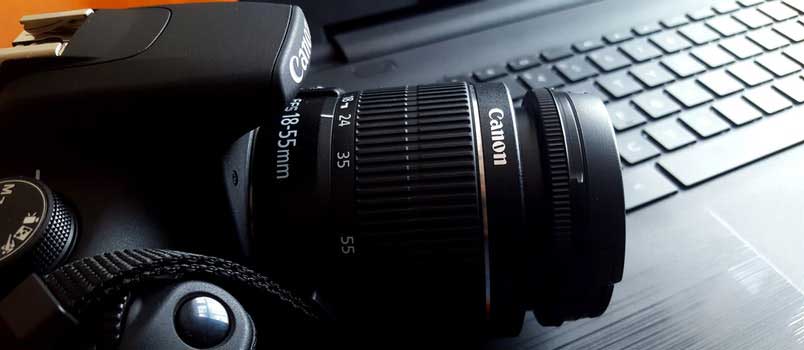No matter on what scale of photography experience you are, lighting would have been an inevitable aspect of snapping awe-inspiring pictures. Whether you are shooting indoor or outdoor, lighting can simply create the perfect professional pictures a photographer crave for. However, if you’re a beginner you have probably a hard time determining the scope of lighting and how to use it effectively to your advantage to click admirable photos.
Well, there isn’t much science behind it. Lighting is more than just a bright and dark view; it can in fact set the right mood, feel, and texture to every picture you snap. To make it easier for you to grasp the concepts – and- apply them in your projects – We have rounded up a few remarkable tips that would eventually transform you into a better photographer.
Let’s Dive Deep Further….
1. Positioning Matters
The positioning of the object or subject plays a crucial role in popping-up a dramatic effect in photos. The way the light interacts with the subject creates a distinct appeal in the form of shadows and partial shadows. For this placement of lighting is very important, either you can choose to with sideways or the backlighting, both of them features and introduces a fresh view in the existing pictures.
2. Perfect Lighting is the Secret Ingredient
Although natural lighting is the best to click dazzling and inspiring pictures, if you have to click pictures in a closed room with no potential for natural lighting, go for the artificial ones. Nowadays, there are powerful options available to generate the same kind of effect. However, it is important that lighting perfectly matches the desirable requirements, so you can ultimately work better with what you have in hand.
What we highly recommend for photographing indoors are floodlights, there are bright, warm, and truly a photographer thing. Here Lepro LED flood lights are definitely worth checking out. But – Remember coordinating everything is extremely vital to create the sort of effect you must have been planning.
3. Right Equipment is Trailblazer
Lighting can freely move and brighten every spot. This might not be a good signal when you have to keep the meticulous detailing intact. Here you can accommodate the right equipment to control and manipulate the lighting. For example, the way the light reflects and falls on a subject can be controlled by collapsible reflectors. While light shapers can help you direct the beam of light in the desired span.
4. Give Attention to Details
Most of the time, you are so much engaged with the major part of photography that you forget to leverage the fine meticulous details that are essential to creating a certain essence in the pictures. Some of the details are sharpness, noise, tone, color, warmness, and depth. While you always have to look at the picture of capturing sensational pictures, the goal cannot be accomplished without incorporating these elements in the subject. So, it is important to not just focus on end result but also on the factors that contribute to the outcome.
Final Words
Mastering the art of photography takes a year of practice and a dedicated approach to learn and implement. Don’t limit your creative approach and go with written book rules. Create your own legacy and inspire others to follow back. However, don’t forget to make good use of photography to the advantage which is one size fits all.


